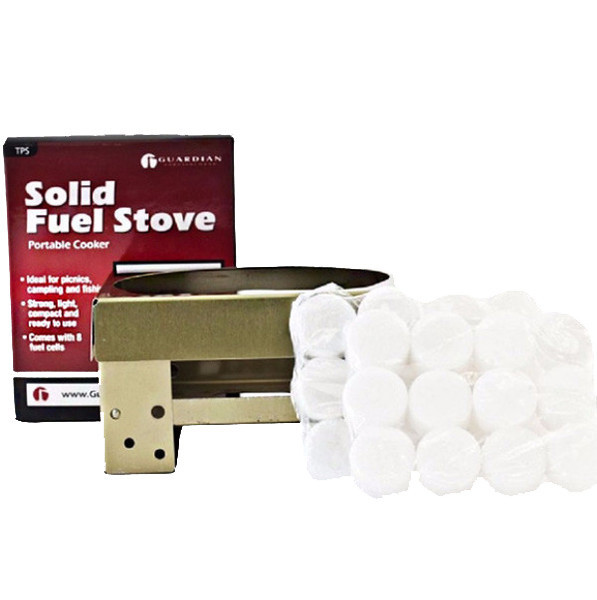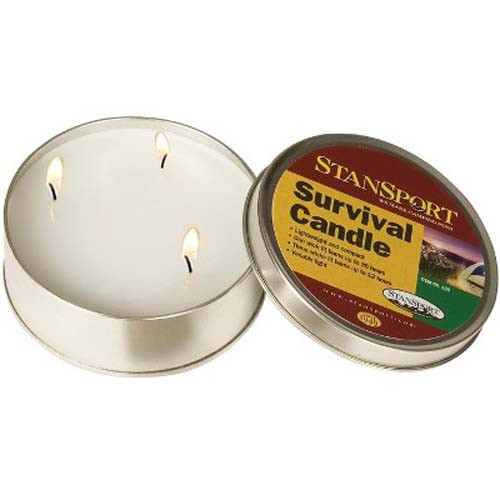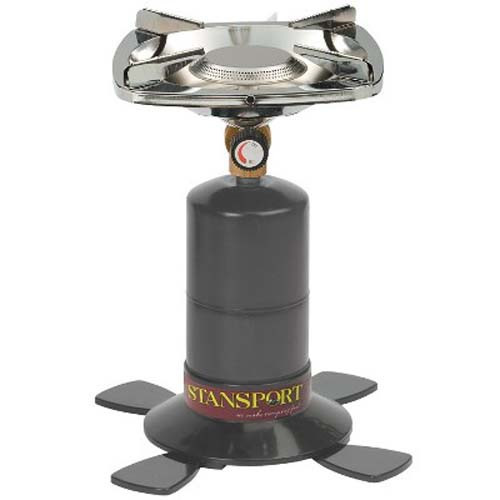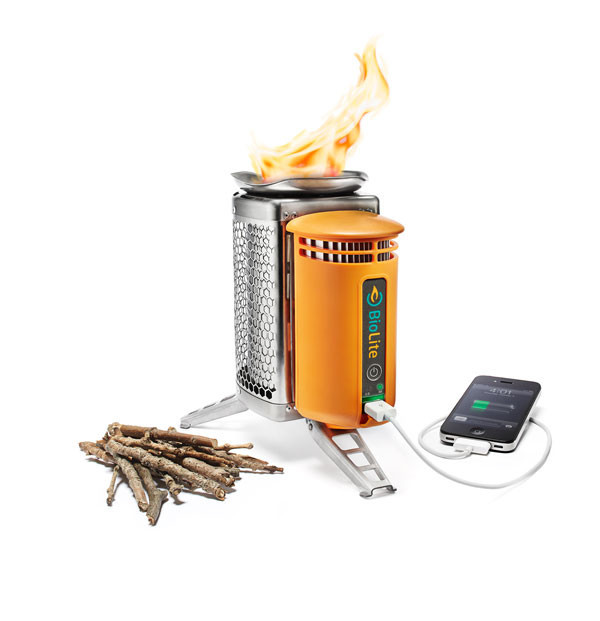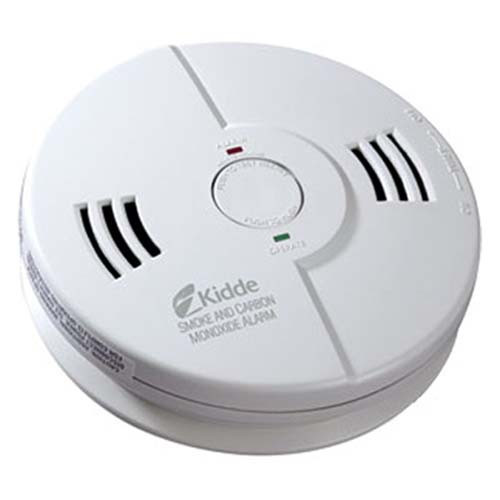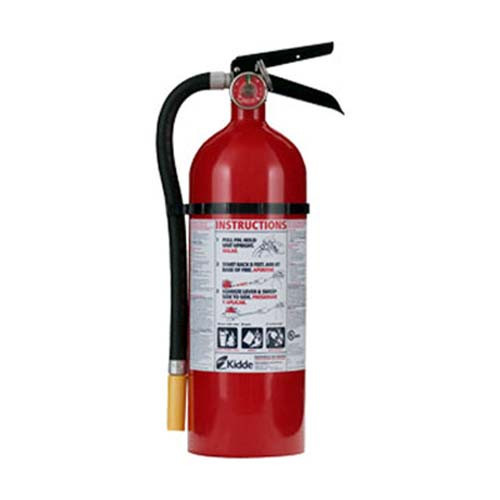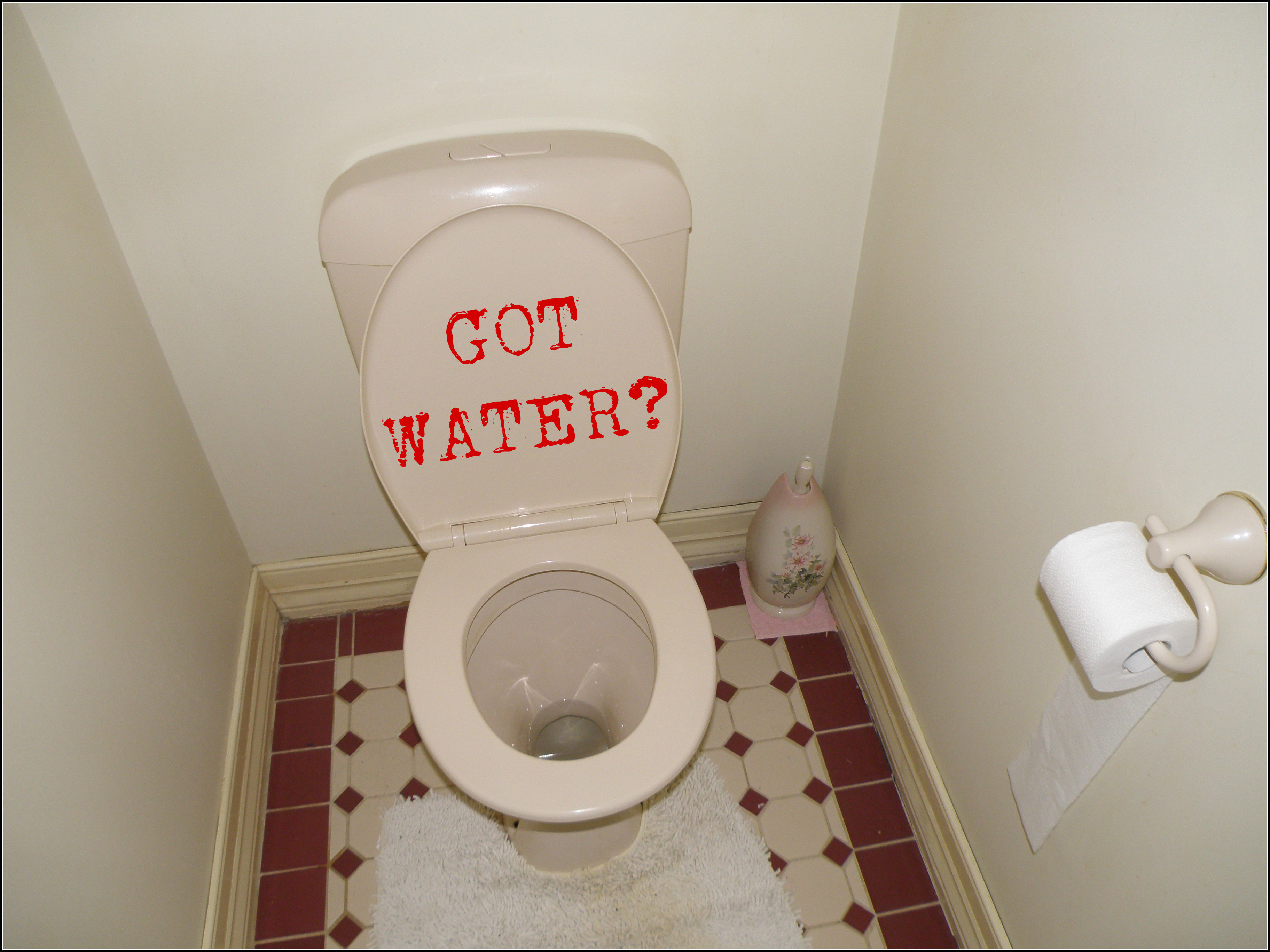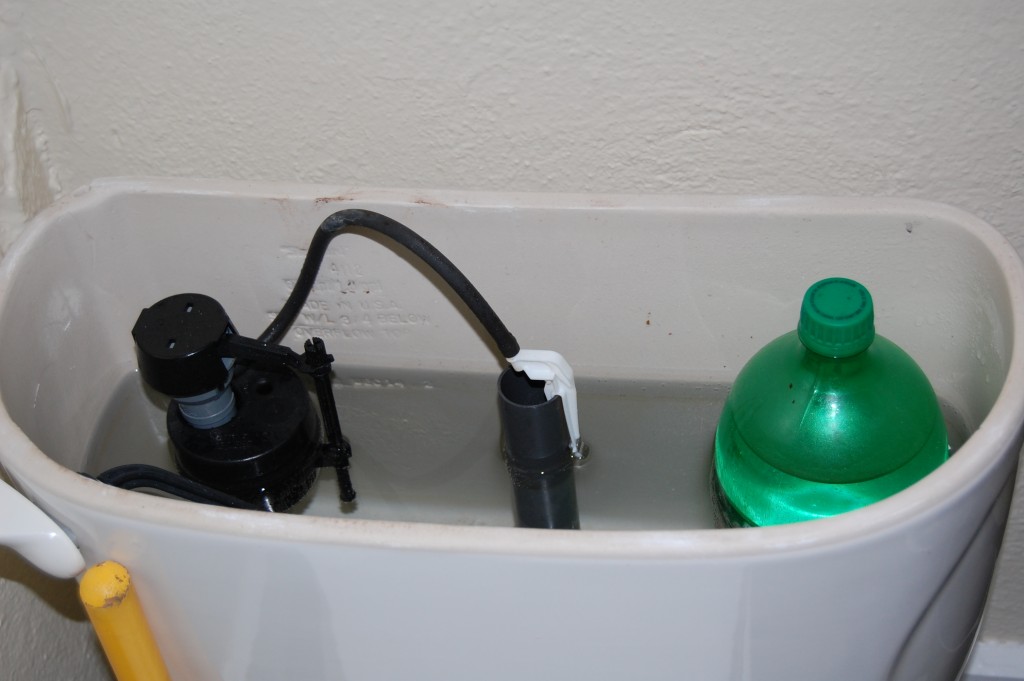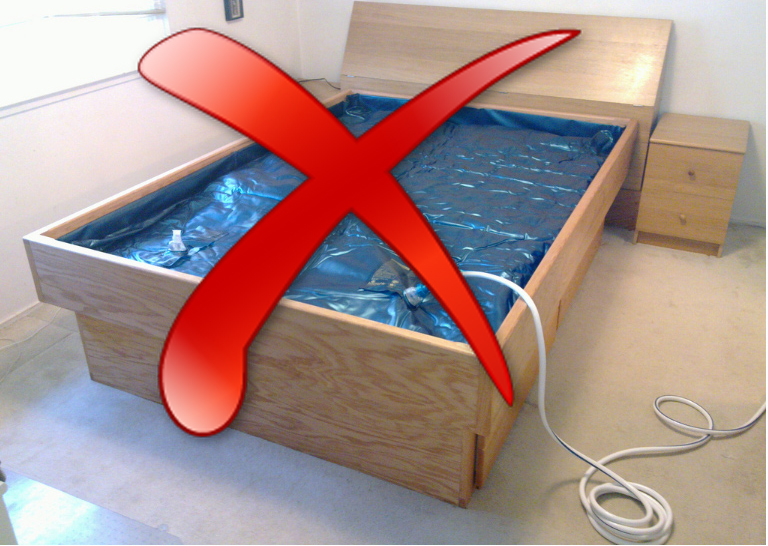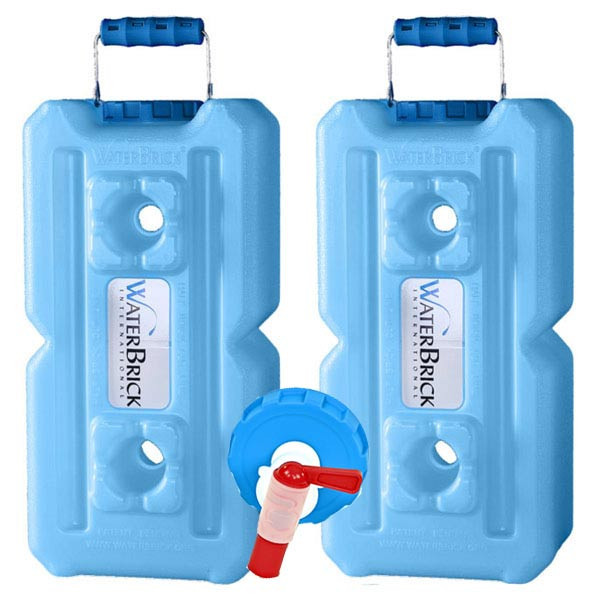Being prepared for a disaster means being prepared no matter where you are, not just at home.
Most Americans spend most of their time at home, while the rest of their time is largely spent at work. The average American working 40 hours a week spends about 35% of their time at work.
35% is a significant chunk of time, so it’s very likely that a disaster could happen while you’re at work.
It’s unrealistic to be as prepared at work as you are at home, but there are a few things you can do to be better prepared at work.
Take Inventory of Your Workplace Supplies
The first step to being more prepared at work is to understand what’s already available.
Every workplace should have at least basic survival supplies. At minimum, there should be at least one fire extinguisher and a first aid kit, for example.
Take note of where they’re located and how well stocked they are. Let someone know if supplies are running low or if you think there should be more.
This is easy to do because it’s a normal topic to bring up with your supervisors. Approach them from a “concerned employee” standpoint without seeming like a “crazy prepper”.
Also ask about any safety procedures that are in place. There’s no telling if people will actually follow this plan if a disaster happens, but it’ll help if you have a general idea of what to expect.
Keep a Fully Stocked Bug-Out Bag in Your Car
You won’t be able to bring a fully stocked bug-out bag in to work with you, but you can keep one in your car.
If it’s possible to get to your car when a workplace disaster happens, you can just leave and get to all the stuff you need.
However, there could be a situation where it’s either impossible or just impractical to leave. For example, in a severe winter storm it might be best for you to stay overnight at work rather than risk driving.
In that case, you’ll want to have at least some supplies with you in your workplace. The problem is how to do it in a way that doesn’t draw any attention to you and won’t get you in trouble with the company.
Take Advantage of Company Lockers
If you have lockers at your workplace, then you’re in luck. Simply bring a small backpack or duffel bag with basic equipment and store it in your locker.
Companies will sometimes conduct random locker searches, so don’t keep anything in there that clearly violates company policy.
Knives should be avoided in most white collar jobs, though you might be able to get away with it at a blue collar job…especially if the knife is part of a multi-tool.
Buy an Extra-Large Lunchbox
A lunchbox can be used to store more than just your lunch. It can also store some of your survival gear.
One of the benefits of a lunchbox survival kit is that lunchboxes are a totally normal thing to have at work, so nobody will ask you about it or suspect that it’s a survival kit.
Get an extra-large lunchbox so there’s room for your survival gear and for your lunch. Keep your survival gear on the bottom where it won’t be seen, and keep your food on top.
Your co-workers will just see a normal lunchbox.
Store a Few Things in Your Pockets
You should be able to keep a few small things in your pockets. A few small baggies of food will go a long way to curb hunger during an overnight stay.
This works best if the dress code at your workplace isn’t too strict. It’s best if you can wear cargo pants with big pockets so you can store more stuff.
However, even if you have a stricter dress code, you should still be able to find some pants with deep pockets. You won’t be able to store as much stuff, but it’s still better than nothing.
Also consider keeping a roll of quarters someplace. If the power stays on, you’ll be able to buy things from the vending machine before getting into your backup food.
Are there any tricks you know of to stay prepared at work? Let us know in the comments section below!





